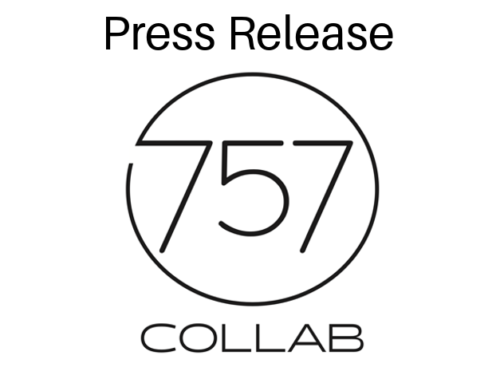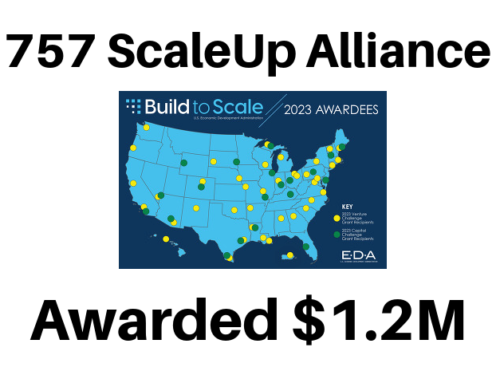
Although a majority of small business and other interested parties have been focusing on the re-establishment of the PPP loan program, there were also several notable changes to the EIDL program that merit noting. These include:
- The re-funding of the EIDL “first advance” program with $20 billion in additional funding. Of particular note are the following:
- If an EIDL applicant did not receive the first advance because the program ran out of funds (mid -July), they will now be eligible for funding
- If an EIDL applicant received less than $10,000 (based on the prior formula of $1,000 per employee, up to $10,000) they will now be eligible to receive the additional funds (the difference between $10,000 and the actual amount received)
- Under earlier versions of the PPP loan, if a borrower also received an EIDL first advance, then the amount of the first advance would be deducted from the amount of PPP forgiven, which would, therefore, result in many borrowers ending up with a small-balance PPP loan. The new legislation reversed this requirement so that entities that received both an EIDL first advance and a PPP loan will no longer have the EIDL amount deducted from the amount of PPP debt forgiven
- EIDL first advances will no longer be considered taxable income
These changes are good news for a lot of small businesses and other eligible entities. However, these changes will require the SBA to create a process by which borrowers and lenders have already processed their forgiveness applications. Also, some borrowers have also repaid their residual PPP balances, and these will need to be addressed as well. To date, fully 21% of small businesses have applied for partial forgiveness, primarily because they also received EIDL first advances. This could result in hundreds of thousands of small businesses will receive full PPP forgiveness, based on both loans already forgiven as well as those that will apply for loans under the new round of PPP funding. This information could be helpful to SBDC clients in the coming months as they sort thru existing PPP debts as well as they seek funding from the new round of PPP.





